Between work, keeping up with chores, and spending time with friends and family, you may find it difficult to make time in your day for exercise. But as busy as you may feel, you should be able to uncover a few extra minutes hiding in your day. Here are a few ways to fit more fitness into your busy schedule.
- For two days, keep track of how you spend your time. Writing this down helps you find more downtime that you could use for working out.
- Pencil it in. Decide on a set time for exercise and enter it in your calendar as a daily event. When you see it every morning, you'll make a mental note that you’re going to exercise and this can help you to stay motivated.
- Start small. Five-minute walks every day can easily turn into 30-minute walks.
- Do small exercises while you’re watching TV. You can do crunches, planks, squats, lunges, or pushups while you’re catching up on your favorite shows.
- Keep a positive attitude. Editing your negative thoughts is a great way to support healthier lifestyle choices.
4 Ways to Squeeze In That Workout [Women’s Health]
25 Ways to Make Time for Fitness [Experience Life]
10 Ways to Sneak In a Workout [Fitness Magazine]


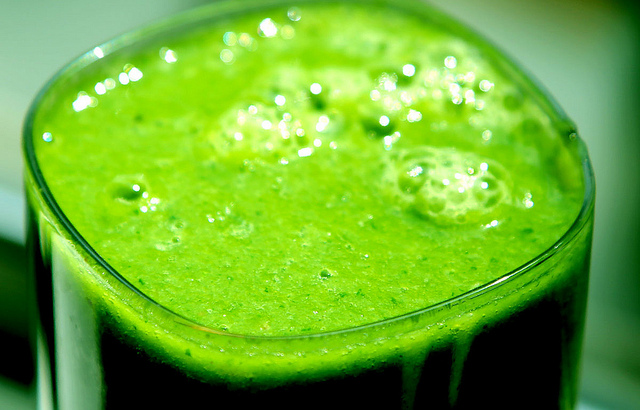
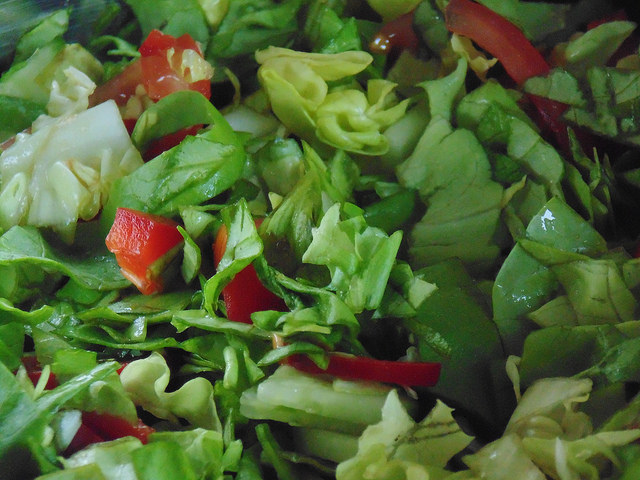

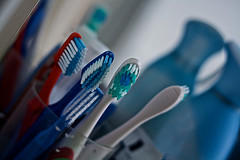
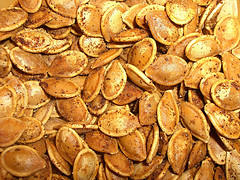
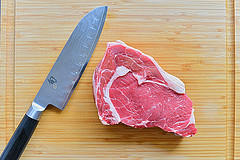
 Equal Housing Opportunity
Equal Housing Opportunity